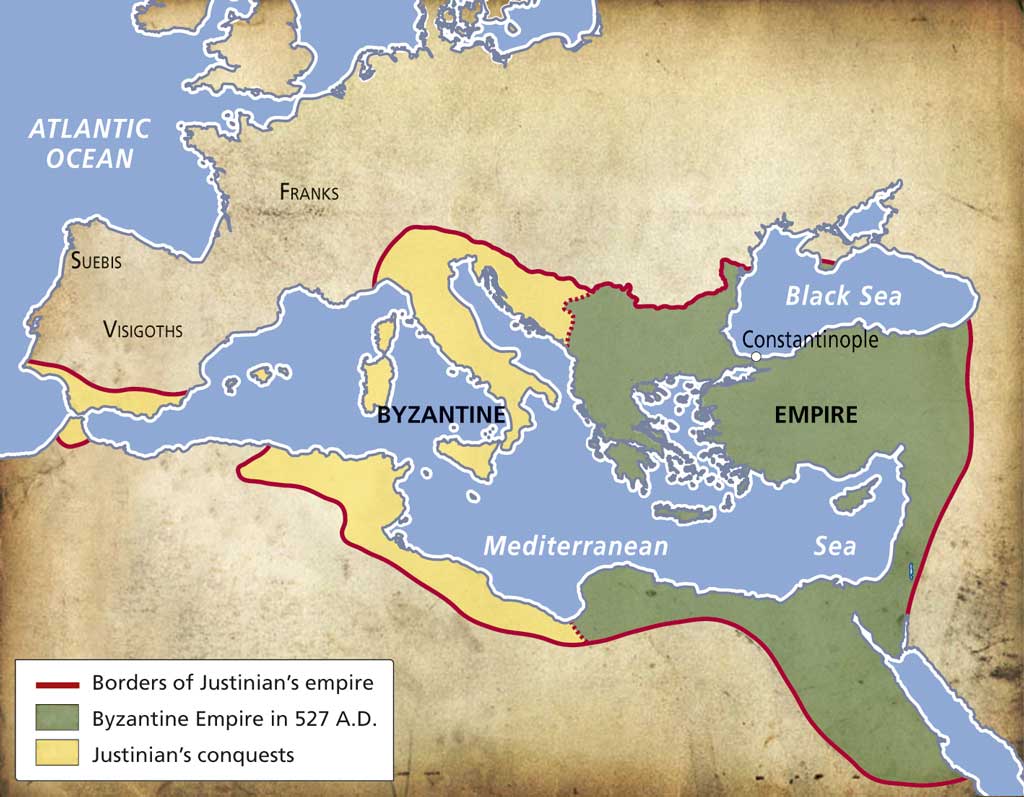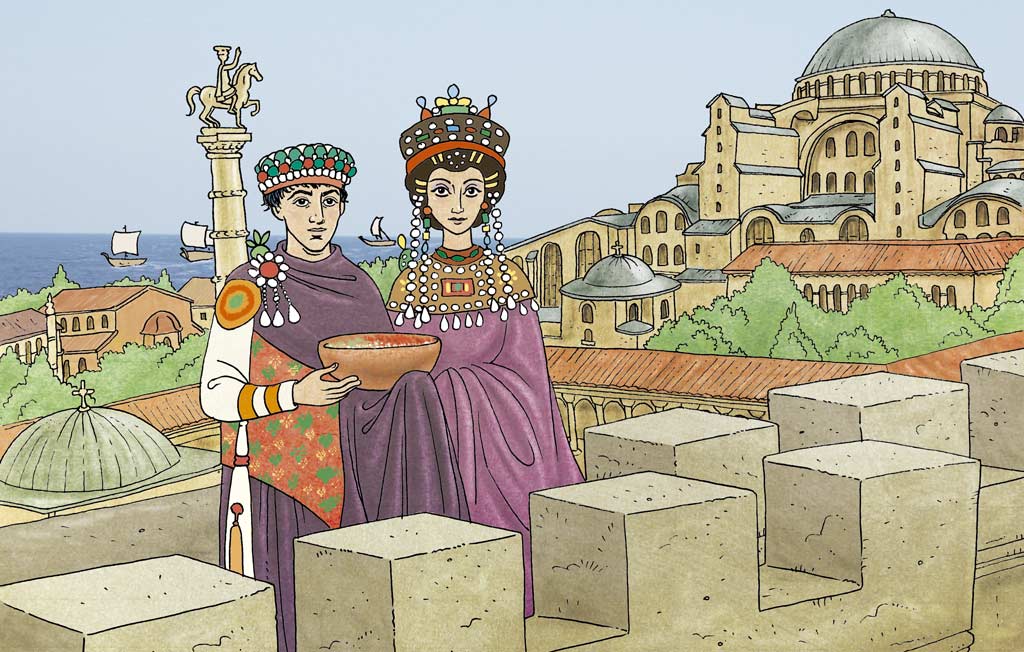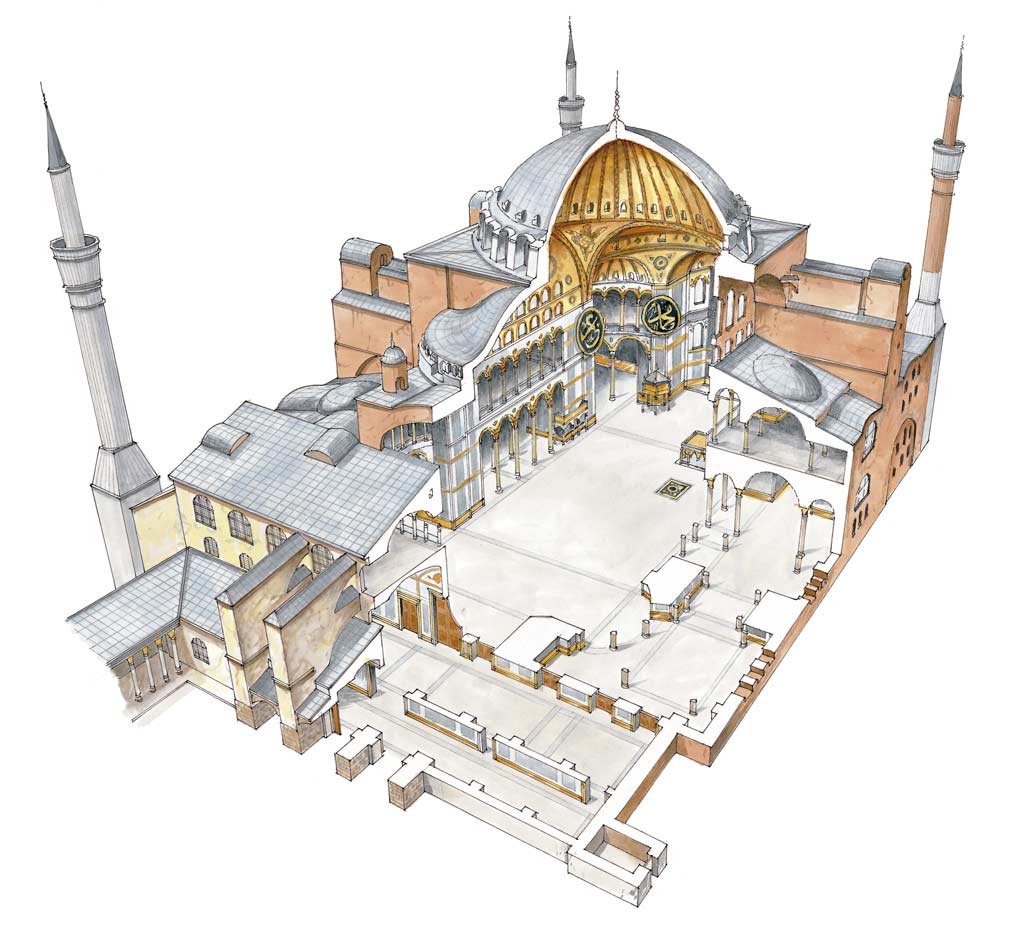We use cookies to improve and analyse your browsing experience on our web. You can accept these cookies, reject them or choose your settings by clicking on the corresponding buttons. Please note that rejecting cookies may affect your browsing experience. For more information you can consult our Cookies policy.
Cookies are an essential part of how our web works. The main goal of cookies is to make your browsing experience more comfortable and efficient and to improve our services and the web itself.
Here you can find all the information about the cookies we use and you can activate and/or deactivate them according to your preferences, except for those cookies that are strictly necessary for the operation of the web. Blocking some cookies may affect your experience on the web and how the site works. For more information you can visit our Cookie Policy.
These Cookies are necessary for the web to function and cannot be disabled on our systems. They are generally only set up in response to actions you may take such as requesting services, setting your privacy preferences, logging in or completing forms. You can set your browser to block or warn you about these cookies, but some parts of the web will not work. Information about Cookies.
These Cookies allow us to count the number of visits and traffic sources so that we can measure and improve the performance of our site. They help us to find out which pages are the most popular and least popular, and to see how visitors move around the web. All information collected by these Cookies is aggregated and therefore anonymous. If you do not allow these Cookies we will not know when you visited our web. Information about Cookies.
These cookies are used to analyse your activity in order to show you personalised advertisements. Information about Cookies.
Change theme

Revision mode


Emperor Theodosius I had divided the Roman Empire in 395 A.D. He made Byzantium the capital of the Eastern Roman Empire. Byzantium was later known as Constantinople. It was strategically located on the Bosphorus Strait, between the Black Sea and the Mediterranean, and was the largest city in Europe for many centuries.
The Byzantine Empire grew to its maximum size during the reign of Justinian the Great (527–565 A.D.). His general Belisarius defeated the Vandals and Ostrogoths, and conquered the Italian Peninsula and parts of North Africa. The Byzantines also occupied the south of the Iberian Peninsula, where they established a province called Spania, whose capital was Cartagena.
From the 7th to the 10th century, the Byzantine Empire gradually lost its power and territories to other peoples:
The most popular form of entertainment in Constantinople was the chariot races in the hippodrome, which could hold more than 50000 spectators. The two main teams were the blues and the greens, and each one had many fans. As well as sporting rivalry, there were political differences between the teams and violent clashes between them were common.
Power was greatly centralised: the Byzantine emperor, or basileus, was the highest political and religious authority. The empire was controlled by officials and a powerful army, in which mercenaries (soldiers who fought in exchange for money) played an important role. The empire was divided into provinces called themes, and each was controlled by a governor, or stratego.
During the reign of Justinian the Great, a legal code was compiled (the Codex Justinianus), which was based on Roman law.
The Byzantine Empire's economy was based on arable and livestock farming on large estates, or latifundia.
Trade was very important, since the Byzantine Empire was at the crossroads of trade routes between Europe and Asia and between Europe and Africa. Leather, ivory, perfume, precious stones, slaves and spices arrived there from distant lands.
Craftsmanship developed greatly. Manufactured products, gold and silver products (produced by smiths working with precious metals), fabrics, silks and upholstery (furniture covered with fabrics and leather) were produced and exported.

Justinian the Great and Theodora in Constantinople
In Byzantine society there was a deep divide between the landowning nobility and the majority of the population, who were poor peasants. Both the emperor and the Byzantine nobility imposed high taxes on their subjects, so there was great discontent among the majority of the population.
The development of trade resulted in a busy city life, especially in the capital, where the government officials, traders and craftsmen lived.
The Byzantine Empire developed a spectacular culture. This resulted from the combination of Greek, Roman and eastern elements. Greek was the most widely spoken language, and in the 7th century it replaced Latin as the empire's official language.
One of the main contributions of Byzantine culture was the compilation of works and scientific treatises from Classical Greek culture, and their transmission to other peoples, such as the Slavs.
Political and religious power were unified. The emperor was considered the protector of eastern Christians. The Byzantine Empire was intolerant towards other religions. Practising other religions was prohibited and Christians who did not follow official doctrine were persecuted.
Between the 8th and 9th centuries, the Iconoclastic Wars took place. They began when some of the Byzantine emperors prohibited the cult of religious images, as they believed that this went against the teachings of the Bible. After centuries of conflict, the images were eventually maintained.
The Byzantine missionaries converted the Slavic peoples that had settled to the north of the empire in Eastern Europe to Christianity. In the 10th century, the adaptation of the Greek alphabet to the Slavic languages resulted in the Cyrillic alphabet.
During the first few centuries, Christians from the east and west were unified. The bishops of each area made decisions in meetings called councils. This is how they came to agreements when there were differences of opinion regarding religious matters. However, differences soon appeared between the Christians from each region.
The official head of the Christian Church was the Pope (the Bishop of Rome). However, the city of Rome had lost its political importance and Constantinople had become the largest Christian city. In 1054, differences in opinion between Pope Leo IX and the Patriarch Michael I (the Bishop of Constantinople) resulted in a division of the church known as the Great Schism.
|
BYZANTINE ART
 The Hagia Sophia Basilica (Constantinople): this is the most spectacular monument in Byzantine architecture. It has the largest dome built in the whole of the Middle Ages. This church has a transversal nave called a narthex. Other famous Byzantine churches are the Church of St Sergius and St Bacchus (in Constantinople) and the Basilicas of St Vitale and St Apollinaris in Ravenna (Italy).
|
|||||||||
Activity 14
Remember
Activity 15
What names did the Byzantine Empire’s capital have?
Activity 16
Describe the Byzantine Empire’s political structure.
Activity 17
Understand
Activity 18
Apply
Activity 19
Analyse
Activity 20
Read the text about chariot racing.
Activity 21
Remember
Activity 22
What were the main internal conflicts that Christianity suffered in this period?
Activity 23
Apply
Activity 24
What is the difference between the Greek cross and the basilica floor plans?
Activity 25
Find out what Constantinople is called nowadays.
Activity 26
Analyse
Activity 27
Evaluate
Activity 28
Nowadays, most Slavic peoples use the Cyrillic alphabet, although some have adopted the Latin alphabet. Find out which Slavic peoples use the Latin alphabet. Why do you think they made this change?

